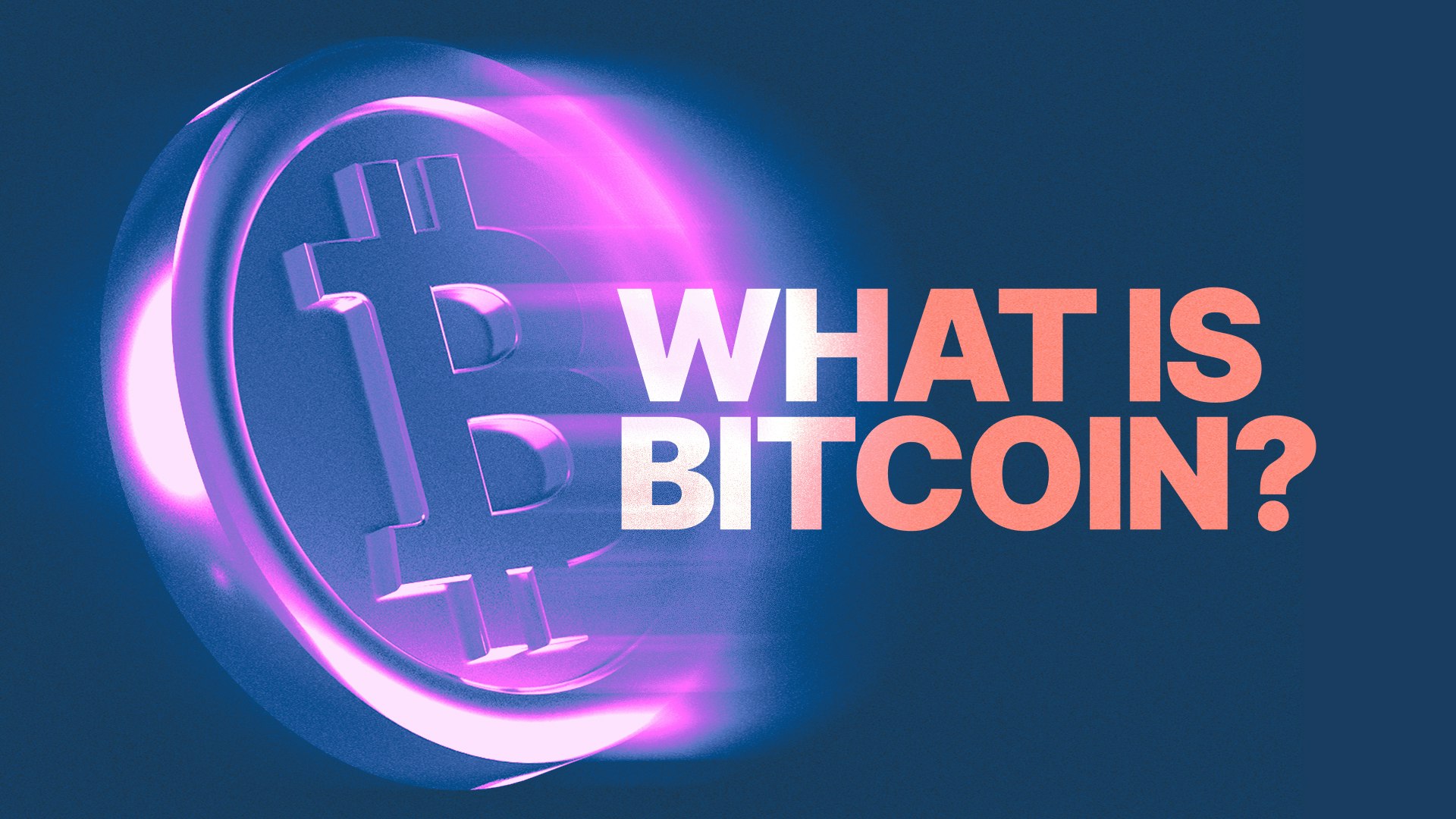Don’t invest unless you’re prepared to lose all the money you invest. This is a high‑risk investment and you should not expect to be protected if something goes wrong. Take 2 mins to learn more.
Digital Asset Custody: Why Banks Are Racing to Catch Up
After dismissing crypto assets for a long time, banks seem to be in quite the hurry to use blockchain tech. But why?
In this article...
- Bitcoin sprung to life as an alternative to modern banking and monetary systems
- Banks and big financial institutions were fast to dismiss crypto
- Now many banks are adopting crypto assets and blockchain. But why?

For decades, across the world, banks have been criticised by some of their disgruntled customers for the way they operate. The list of gripes by the disillusioned is long. For example, banks have been known to “debank” people they have political differences with, or debank people simply for owning crypto.
Even in the age of mobile banking and payment apps, practices like unexpected charges, and restrictive account requirements (like not having a permanent address) have left millions under-served or locked out entirely.
It was against this backdrop that cryptocurrency emerged. Bitcoin’s whitepaper outlined a vision for peer-to-peer money that didn’t require trust in banks or governments. Crypto offered a radical alternative: an open, borderless, and inclusive system where people could transact directly, control their own assets, and participate regardless of geography or social status.
For years, traditional institutions dismissed crypto as a niche experiment. But as adoption has grown, the balance of power has begun to shift. The possibility that people might one day transact, save, and invest entirely outside of banks has become real. Faced with this existential threat, banks are increasingly adapting.
The Custody Race
Today, some of the world’s largest financial institutions are building digital asset custody platforms.
Custody is the foundation of their strategy: by holding clients’ crypto on their behalf, banks aim to reinsert themselves into the value chain of digital finance.
But this move might not be just about safekeeping, necessarily. It allows banks to layer on lending, trading, and tokenised securities, offering products that keep investors tethered to institutional infrastructure. Custody is a key control point for institutions. Self-custody (holding your own crypto in your own crypto wallet) keeps your ‘exit’ door open.
In effect, it seems that the institutions that crypto was designed to bypass are attempting to buy into the system to maintain their influence.
What It Means for Users
For everyday investors, institutional custody brings both reassurance and risk. On one hand, the entry of major banks signals that digital assets are here to stay. It offers convenience and the promise of institutional-grade security for those who don’t want to manage private keys themselves.
On the other hand, it revives the very dynamics that crypto set out to escape. Handing control of digital assets back to banks risks recreating the same asymmetries: intermediaries deciding who can participate, under what terms, and at what cost.
The vision of a peer-to-peer financial network could become just another set of products bundled by the same institutions people sought to move beyond.
A System in Transition
The internet reshaped commerce by disintermediating entire industries, cutting out middlemen who once seemed indispensable.
Crypto’s ambition is to do the same for finance. Banks, acutely aware of this, are now racing to secure their place in the digital asset economy. Whether their efforts succeed depends on users. The choice is between convenience under institutional custody or sovereignty through self-custody. And as banks rush to buy into the system they once resisted, the question remains: will crypto continue its path as an alternative to banks, or will banks manage to fold it back into their orbit?
Why Custody Matters
At its core, crypto custody is about securely holding digital assets on behalf of clients. By offering custody services, banks can bridge the gap between the old financial world and the new, giving large investors the confidence and infrastructure they need to allocate capital to crypto.
Big institutions are either piloting or already offering digital asset or tokenised security custody. Why the sudden rush?
It’s not just about fees from holding crypto; custody services open the door to lending, trading, tokenised securities, and settlement layers. In other words, custody is the foundation for banks to build the next generation of financial products.
What It Means for Users
For retail investors, the arrival of bank-grade custody can feel like validation: crypto is no longer “shadow money” but part of the mainstream financial system. It also gives newcomers peace of mind, knowing that if they don’t want to manage their own keys, trusted institutions will do it for them.
But there’s a trade-off. The crypto ethos has always been about cutting out the middleman, putting users in control of their own assets. Handing your coins over to a bank is convenient, but it also recreates the same system crypto was designed to disrupt.
A Historical Parallel
The internet transformed commerce by removing intermediaries. No more travel agents for booking flights, no more music stores for buying albums, no more bank tellers for paying bills. Crypto aims to do the same for finance.
Banks understand this, which is why they’re scrambling to redefine their role. If they don’t, the risk is clear: just as the internet sidelined many brick-and-mortar businesses, crypto could make traditional financial middlemen obsolete.
The Road Ahead
Real-world assets (like funds and bonds) will increasingly run on crypto tech. We’ll probably end up with a mixed outcome. Some people hold their own coins, while others might use bank-style custody products.
We’re at a turning point. For users, the choice will soon be between the convenience of institutional custody and the empowerment of self-custody. For banks, the challenge is to stay relevant in a financial system that may not need them in the same way it once did.
What crypto is to finance is what the internet was to commerce. It is a revolution that removes the middle layer. And right now, the institutions that once resisted change are racing not to be left behind by it.

Suggested Articles

What is Bitcoin (BTC)? What is "Digital Gold" Used For?
What is Bitcoin? It is a digital currency that can be traded, exchanged, and used as a form of payment independent of central banks and governments.Read more
What is Ethereum? What is ETH Used For?
Ethereum is a decentralised blockchain-based open-source software platform that allows for the development of decentralised applications (dApps).Read more
What Is Crypto? How do Cryptocurrencies Work?
Crypto has become incredibly popular. But how does this digital currency work? And are there cryptos other than Bitcoin? Read moreBrowse by topic
Standard Risk Warning: The above article is not to be read as investment, legal or tax advice and it takes no account of particular personal or market circumstances; all readers should seek independent investment advice before investing in cryptocurrencies.
The article is provided for general information and educational purposes only, no responsibility or liability is accepted for any errors of fact or omission expressed therein. Past performance is not a reliable indicator of future results. We use third party banking, safekeeping and payment providers, and the failure of any of these providers could also lead to a loss of your assets.
We recommend you obtain financial advice before making a decision to use your credit card to purchase cryptoassets or to invest in cryptoassets.
Capital Gains Tax may be payable on profits.
CoinJar's digital currency exchange services are operated in the UK by CoinJar UK Limited (company number 8905988), registered by the Financial Conduct Authority as a Cryptoasset Exchange Provider and Custodian Wallet Provider in the United Kingdom under the Money Laundering, Terrorist Financing and Transfer of Funds (Information on the Payer) Regulations 2017, as amended (Firm Reference No. 928767).
In the UK, it's legal to buy, hold, and trade crypto, however cryptocurrency is not regulated in the UK. It's vital to understand that once your money is in the crypto ecosystem, there are no rules to protect it, unlike with regular investments.
You should not expect to be protected if something goes wrong. So, if you make any crypto-related investments, you're unlikely to have recourse to the Financial Services Compensation Scheme (FSCS) or the Financial Ombudsman Service (FOS) if something goes wrong.
The performance of most cryptocurrency can be highly volatile, with their value dropping as quickly as it can rise. Past performance is not an indication of future results.
Remember: Don't invest unless you're prepared to lose all the money you invest. This is a high-risk investment and you should not expect to be protected if something goes wrong. Take 2 mins to learn more.
UK residents are required to complete an assessment to show they understand the risks associated with what crypto/investment they are about to buy, in accordance with local legislation. Additionally, they must wait for a 24-hour "cooling off" period, before their account is active, due to local regulations. If you use a credit card to buy cryptocurrency, you would be putting borrowed money at a risk of loss.
We recommend you obtain financial advice before making a decision to use your credit card to purchase cryptoassets or to invest in cryptoassets.
Your information is handled in accordance with CoinJar’s Privacy Policy.
Cryptoassets traded on CoinJar UK Limited are largely unregulated in the UK, and you are unable to access the Financial Service Compensation Scheme or the Financial Ombudsman Service.
We use third party banking, safekeeping and payment providers, and the failure of any of these providers could also lead to a loss of your assets.
We recommend you obtain financial advice before making a decision to use your credit card to purchase cryptoassets or to invest in cryptoassets. Capital Gains Tax may be payable on profits.
CoinJar’s digital currency exchange services are operated in the UK by CoinJar UK Limited (company number 8905988), registered by the Financial Conduct Authority as a Cryptoasset Exchange Provider and Custodian Wallet Provider in the United Kingdom under the Money Laundering, Terrorist Financing and Transfer of Funds (Information on the Payer) Regulations 2017, as amended (Firm Reference No. 928767).
Apple Pay and Apple Watch are trademarks of Apple Inc. Google Pay is a trademark of Google LLC.
This site is protected by reCAPTCHA and the Google Privacy Policy and Terms of Service apply.

